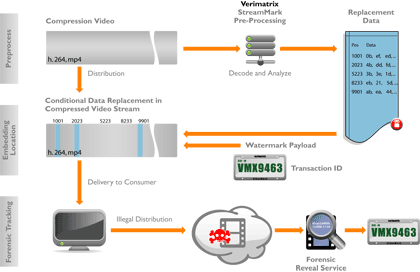Just to set the scene, I’ve only been an Apple User for just over 2 years, so I still feel pretty novice: my love/hate relation with Apple products still oscillates widely from just loving the way it all works out-of-the-box to really hating how boxed-in it makes me feel. Apple TV II consolidated that that duality of feeling.
The biggest thrill with Apple products is usually unpacking it, and just switching it one WITHOUT reading any manual EVER.
This time, the packaging was merely OK: I felt a bit disappointed, as Apple had raised my expectations from previous products starting with an iPod in 2004 that really blew my mind. Even the little box my iPhone 4 came was so cute that my son asked my to keep it to decorate his room. Apple TV’s box has already been thrown out.
The switching-on ceremony however did stand up to expectations.
Only 10 seconds after having plugged in the power, Ethernet and HDMI cables, I was browsing through movies on my 46” LCD. Admitedly not everyone may have a spare Ethernet cable right next the TV, so I wonder how much more it would of cost Apple to through Wifi in [oops correction: there of course if Wifi, thanks Graham].
But back to those first few seconds. As usual the shear simplicity of the user interface is astounding. I just don’t get it: Why oh why are thre so many more buttons on other remote controls.
The only traditional TV player to have tried something like this (i.e. a 6 button remote) is NDS with Snowflake and they’ve been demoing for years – the situation must be dire to the extent they felt the need to recently release a press statement about some small operator in a very small market planning to launch with it.
Something counterintuitive is happening here, and I still don’t understand. I feel no doubt at all in my guts that this navigational paradigm is superior, yet the market is saying something else. Either one of us is wrong, or I’m missing something. Please comment if you have any ideas on this.
Back to Apple TV itself again, beyond being intuitive it is also kind of fun. Streaming isn’t yet rate-adaptive so when you ask to watch a trailer it takes a while to buffer, but that's only a few seconds for me, as I live in the city with a decent DSL connection, but I would guess means the AppleTV isn’t really much fun if you don’t have at least 3 or 4 spare megabits.
From a content perspective, I haven’t done a proper analysis of what studios are represented in which proportion (I do that when I’m paid by clients hint hint), but the overall impression is that for the French market at least, is that iTunes really has got a critical mass of exciting blockbuster stuff. There were scores of movies I’d like to see. What I know is once I’ve seen those, how fast does it refresh … time will tell.
Moving to the Internet section I was dazzled by the ease of linking to my Flickr account (nebul2, my photos are public). But frustrated that the mobile.me connection didn’t work – very un-apple to have such a overt bug with no clear error message.
Linking computers was as easy as pie, but epitomised the duality of Apple. The light side of the force was that very ease: just share stuff on you computers WITH iTunes software … and it appears seamlessly on you TV. But the dark side of the force is just there: iTunes or be damned.
Things got even more contrasted when I tried the all-new AirPlay. Again from within iTunes on my Mac or indeed my iPhone, it was fantastic. But even on the Mac you can’t use any other software (maybe I missed something, but why are photos easy to send from the iPhone to Apple TV but not from iPhoto on the Mac?!?). I’ve always felt I understood the “walled garden” expression, but actually I hadn’t. Incumbent Telcos or restrictive mobile operators feel like Wikileaks compared to using AirPlay. It’s a step too far for me in Apple-only land.
I bought a brand new MacBook Air, at around the same time Apple introduced the Apstore to the Mac. << Don’t just download stuff from the Internet, [imagine the snake from the Jungle book saying this next part] trusssst in me, I’m Apple, I’ll let only get the besssst sssoftware that I have persssssonaly checked (and taken a cut from).>>
I again feel torn apart by the beauty of my new toy and the way its closing down into a scary world of big-brother Apple.
But here it must be that I’m just too old-fashioned. For my kids, the open Internet is reverting back to what it broke out of when the Compuserve’s of the world represented a walled-garden Internet.
Maybe Apple is just showing us a way back to the future, but I hope not, I love Apple but it’s getting harder to swallow, and yes you’ve guessed where this is going: I don’t want to end up like Adam.


